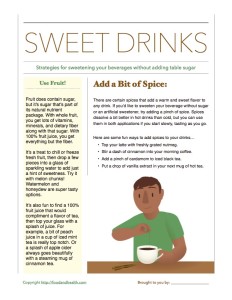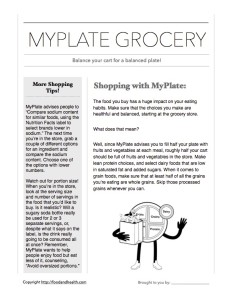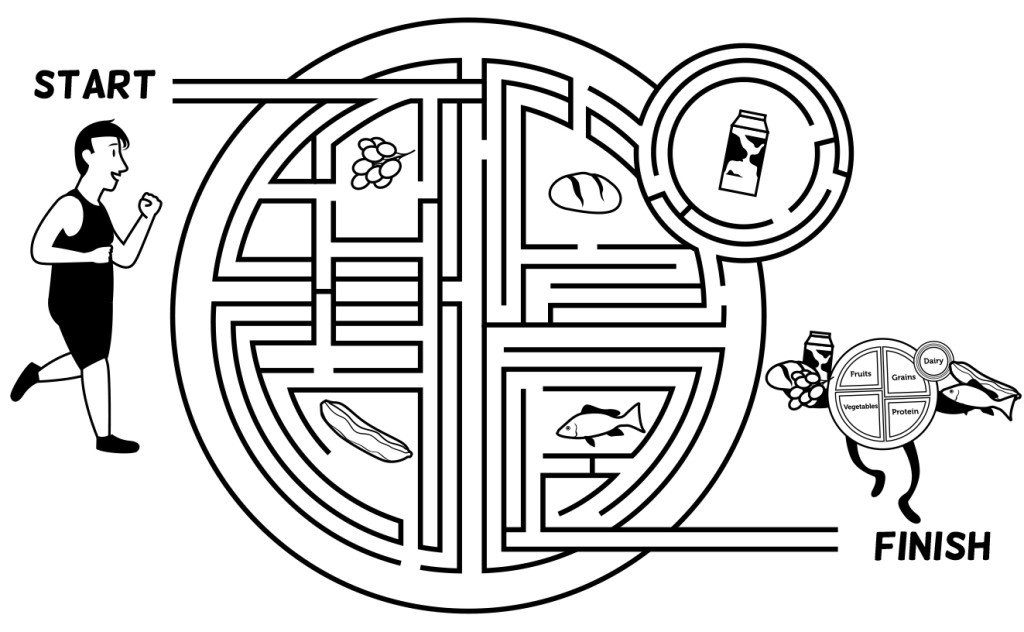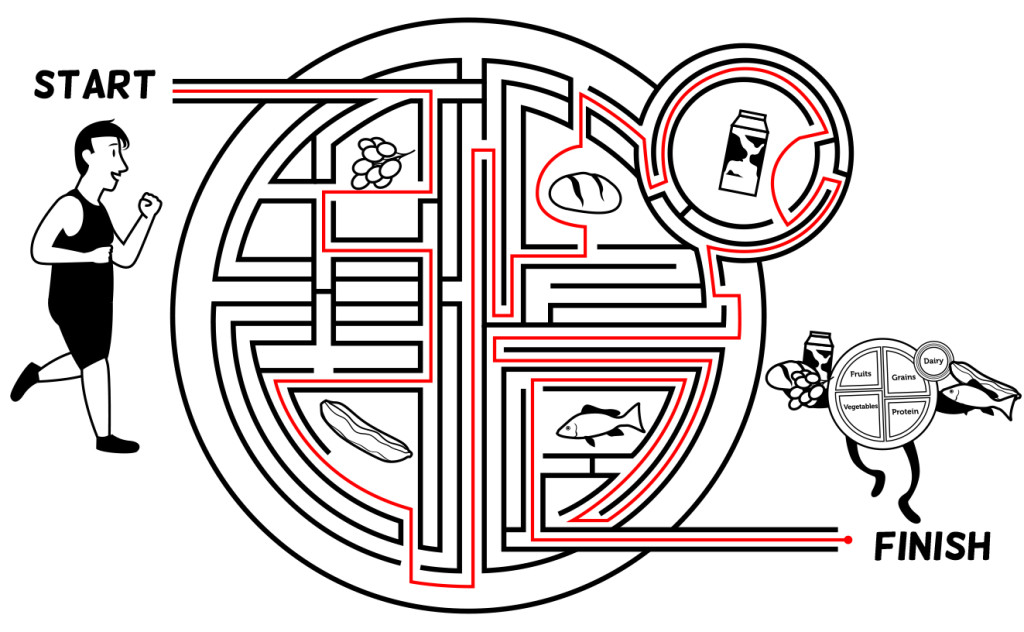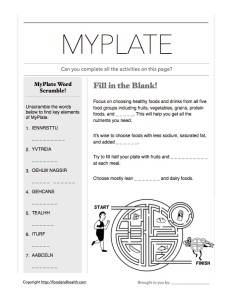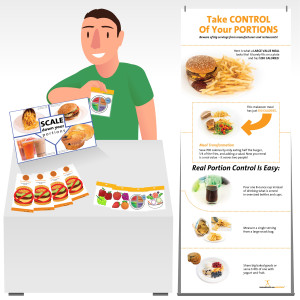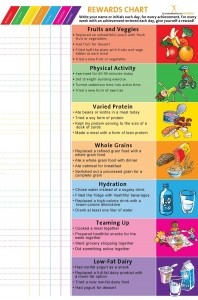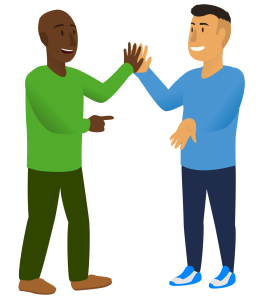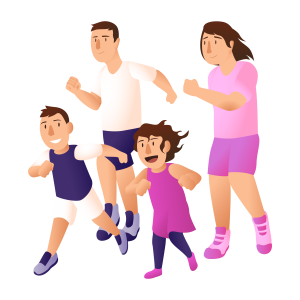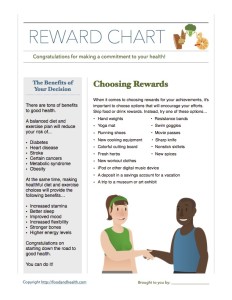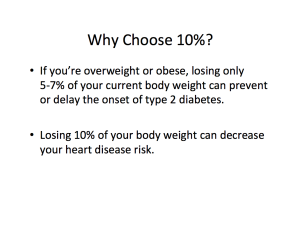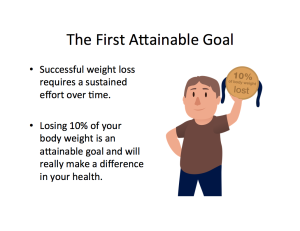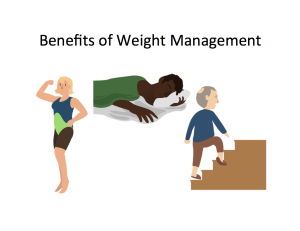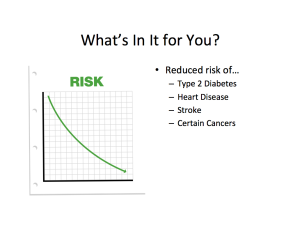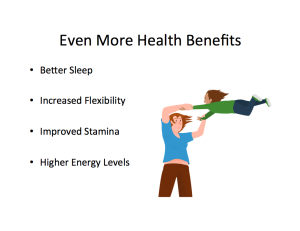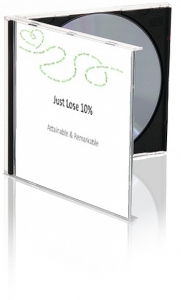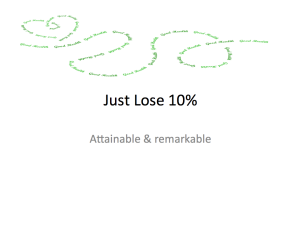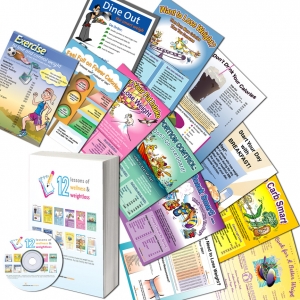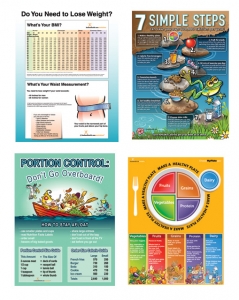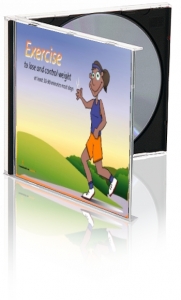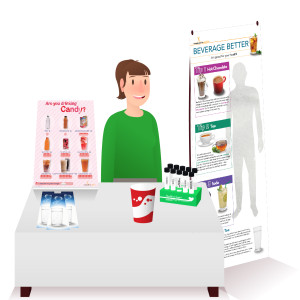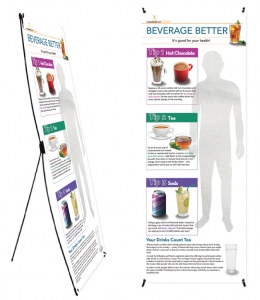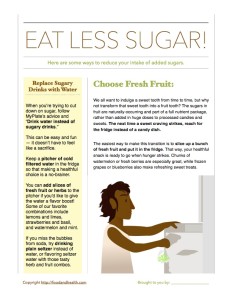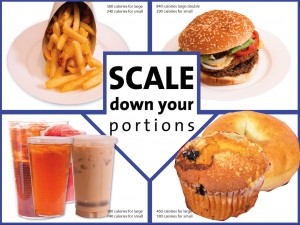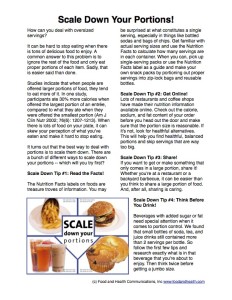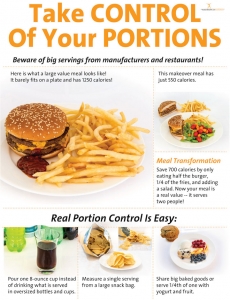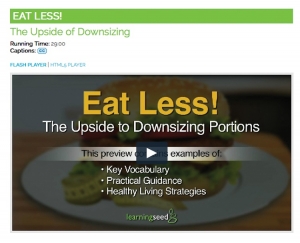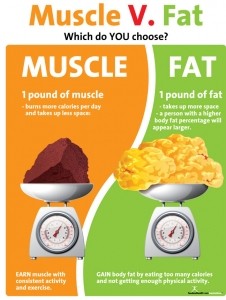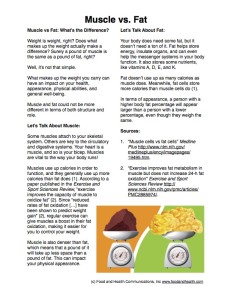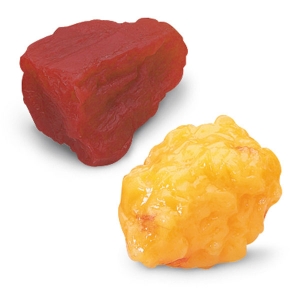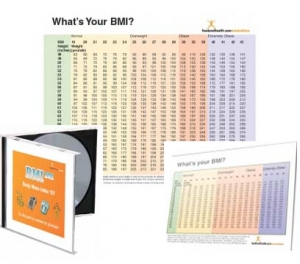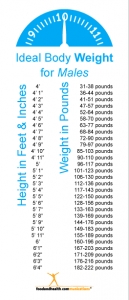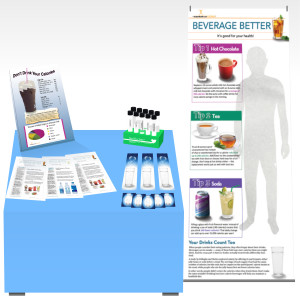 It’s time for another edition of the Nutrition Education Store’s Display of the Month series! This time, we’re going to focus on drinks! Are you ready to help your clients “Beverage Better”?
It’s time for another edition of the Nutrition Education Store’s Display of the Month series! This time, we’re going to focus on drinks! Are you ready to help your clients “Beverage Better”?
The Materials:
- Banner and Stand: Beverage Better
- On Your Table: Don’t Drink Your Calories Poster on a Tabletop Easel, with a few Beverage Better Handouts and some Sugar Test Tubes.
- Prizes: Water Bookmarks and Stickers
The Activities:
- Drink Makeovers and Trivia Game
- Brainstorm Better Beverages
And now it’s time to discuss the details!
Cover your table with a tablecloth if you have one. Arrange the Don’t Drink Your Calories poster on the stand on the table, then place some Beverage Better handouts in front of or next to it. Put some water bookmarks and stickers next to the handouts, and put some sugar test tubes on their other side. Set up the Beverage Better banner and stand next to your table and, if you’re playing the trivia game outlined below, cover the calorie savings information with some colorful Post-It notes.
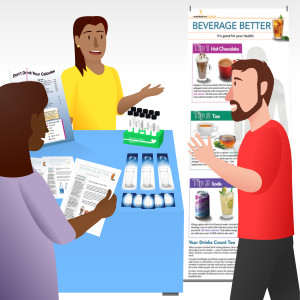 For the first activity, walk your audience through the makeovers outlined on the Beverage Better banner. Start with hot cocoa, and after you’ve outlined the changes people can make to turn it into a more healthful drink, ask if anyone knows roughly how many calories those adjustments would save. Take guesses, then reveal the answer by removing the Post-It note that had covered that information. Award prizes (bookmarks, stickers) to the person who had a guess that was closest to the actual total. Now use the sugar test tubes to simulate how much sugar was in the drink before and after the makeover. Poll the group — was this lower or higher than they were expecting? Why? Do the same with the tea and soda.
For the first activity, walk your audience through the makeovers outlined on the Beverage Better banner. Start with hot cocoa, and after you’ve outlined the changes people can make to turn it into a more healthful drink, ask if anyone knows roughly how many calories those adjustments would save. Take guesses, then reveal the answer by removing the Post-It note that had covered that information. Award prizes (bookmarks, stickers) to the person who had a guess that was closest to the actual total. Now use the sugar test tubes to simulate how much sugar was in the drink before and after the makeover. Poll the group — was this lower or higher than they were expecting? Why? Do the same with the tea and soda.
For the second activity, gather your participants into a small group and brainstorm healthful drinks. How can the information on the handouts, poster, and banner inform the discussion? Explore possibilities with seltzer water, fresh fruit, tea, coffee, herbs, spices, etc. Award prizes to people who offer healthful suggestions.
Additional Resources:
Here are a few more materials that you can incorporate into your display and discussion…
- Are You Drinking Candy? Sugar awareness poster or handouts
- How Much to Work It Off? Exercise and calorie awareness poster
- Activity Idea: Beverage Buffet
- Presentation Idea: Beverage Calorie and Exercise Presentation
Here’s a free PDF handout that discusses ways to sweeten drinks without adding sugar…
More Displays of the Month:
And finally, here are some other fun posters from the Nutrition Education Store!



